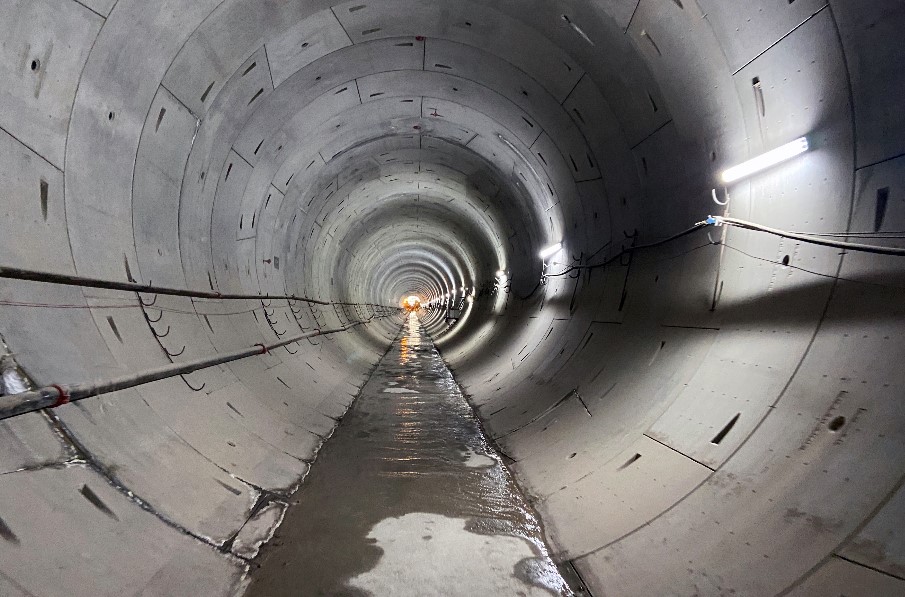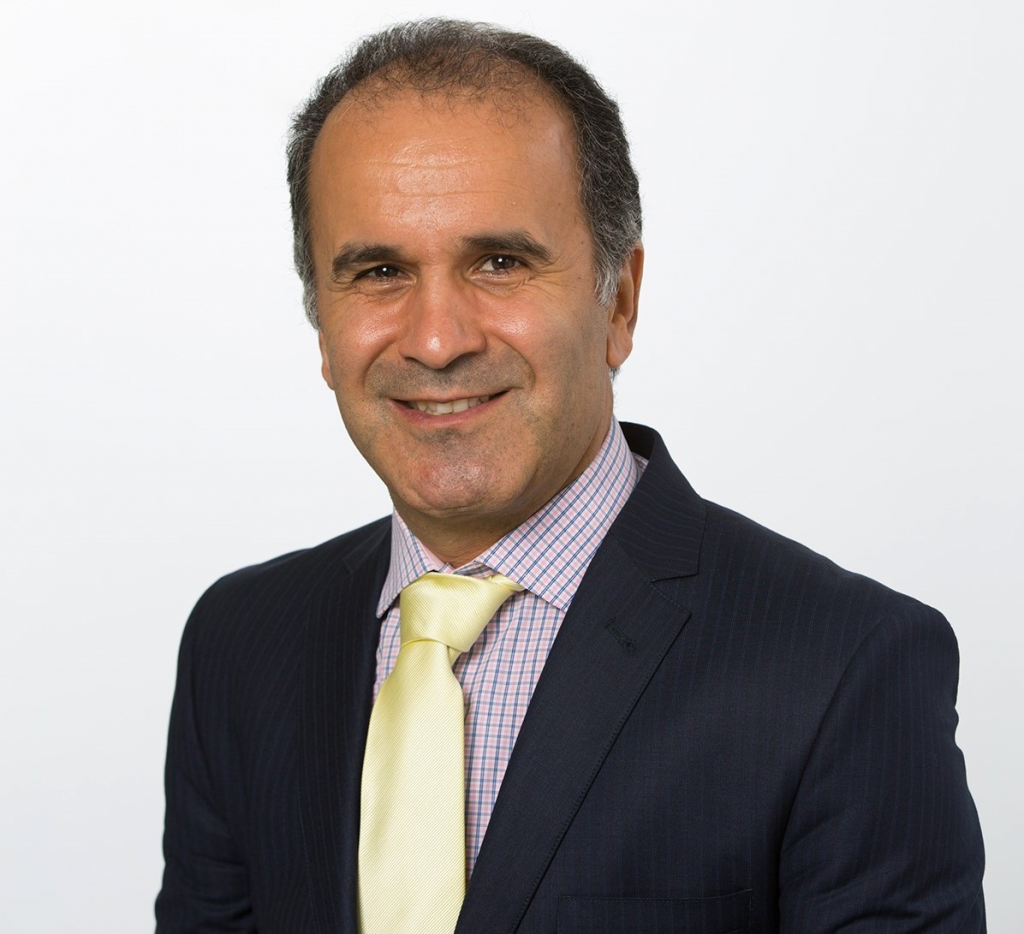

Geomechanics of pressure tunnels and shafts – a critical review of existing knowledge
August 3, 2023 @ 5:30 pm - 7:00 pm AEST
Overview
Hydropower and pumped storage projects are becoming increasingly appealing as environmentally friendly energy sources and large-scale energy storage solutions.
Pressure tunnels/shafts are among the primary components of such projects. Although the design of these pressure tunnels and shafts has been well-established for decades, during the peak of hydropower project development, particularly prior to the 90s, the transfer of knowledge has been adequately made only in developed countries that went through a period of reduced activity in hydropower and pumped hydro projects.
The design of the lining of pressure tunnels and shafts is a challenging engineering endeavour which deals with the complex coupled hydraulic-mechanical interaction between the lining and the surrounding rock mass. The lining of pressure waterways should be designed to limit head losses within the conduit to acceptable limits; control excessive leakage and risk of rock hydraulic fracturing/jacking; and ensure long-term structural capacity and serviceability during filling-up, operation and dewatering stages.
This presentation will offer a brief overview of the key design factors that need to be taken into account for pressure tunnels, including the risk of hydraulic fracturing, hydraulic jacking, and landslides or slope instabilities due to excessive seepage.
Furthermore, we will delve into the historical development, limitations, misconceptions, and gaps in the commonly employed methods used to evaluate the concrete lining’s resistance to cracking in pressure tunnel and shaft designs. Finally, we will explore the significance of filling and dewatering strategies for pressure tunnels and their impact on tunnel behaviour.
In this presentation you will learn:
- lessons learned for the design of underground structures embodied in hydropower projects
- key design factors for pressured tunnels
- risk identification relating to hydraulic fracturing, hydraulic jacking, and slope instabilities associated with excessive water pressure.
Program – in person
- 5:30 PM – 6:00 PM: Networking – light refreshments will be served.
- 6:00 PM – 6:05 PM: Introduction of the speaker and the topic
- 6:05 PM – 6:50 PM: Presentation
- 6:50 PM – 7:00 PM: Q&As
Program – online (Teams link)
- 6:00 PM – 6:05 PM: Introduction of the speaker and the topic
- 6:05 PM – 6:50 PM: Presentation
- 6:50 PM – 7:00 PM: Q&As
Presenter
Mahdi Zoorabadi, Technical Principal
Mahdi Zoorabadi (BSc, MSc, PhD) has 22 years of experience in consultancy and research in a broad range of tunnelling and rock engineering fields. Mahdi has been involved in site investigations and design of tunnelling, underground structure, dams and hydropower projects in Australia and overseas. He has extensive experience in preliminary and secondary ground support design for underground structures through empirical and numerical modelling techniques, optioning and design of pressure tunnels, field rock testing, rock stress measurement, groundwater studies, monitoring, and instrumentation. He won David Sudgen Award (2013) from the Australian Tunnelling Society. Mahdi is actively involved in research activities through collaboration as Adjunct Associate Professor with UNSW Sydney, supervising PhD and Master students. Mahdi is currently serving as the Deputy-Chair of ATS VIC Chapter.


